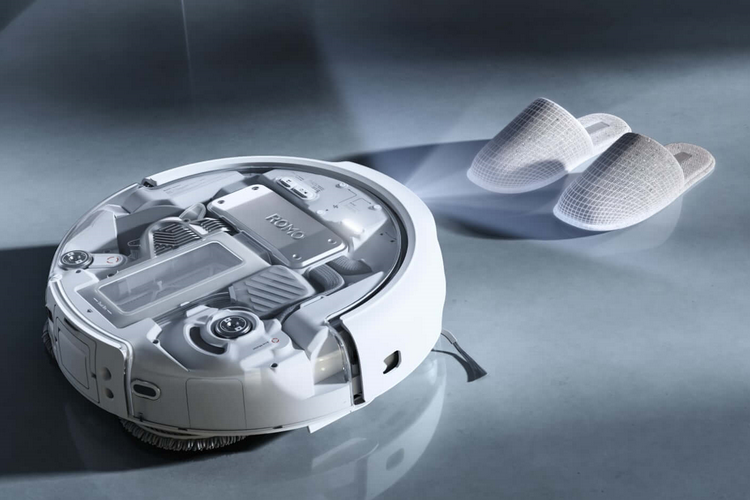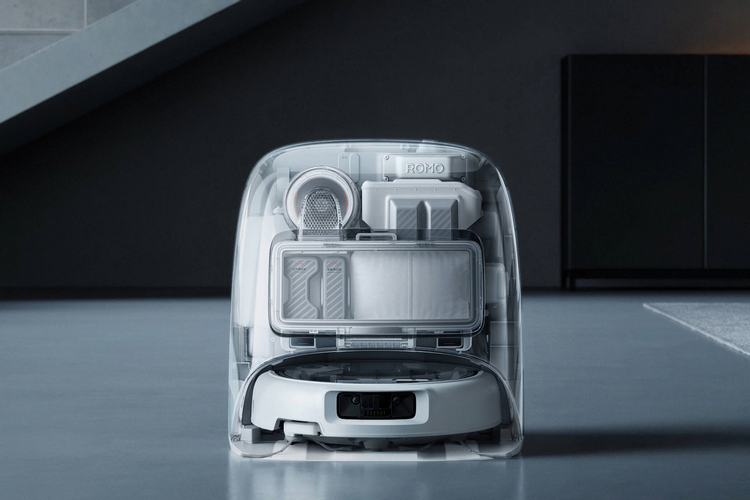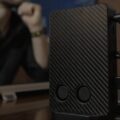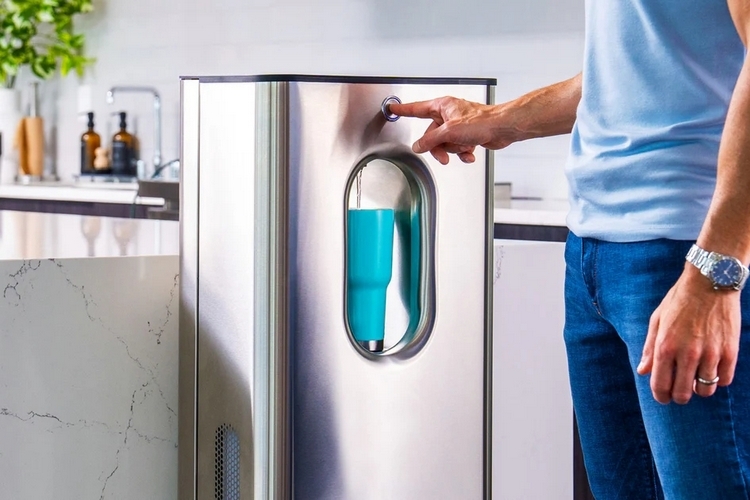
DJI’s expansion from drones to cameras
That’s right, DJI is making a robo-vac, which isn’t such a far-fetched tangent for a drone company when you really think about it. Both devices use cameras, navigation algorithms, and obstacle-avoidance tech, albeit using it to make their way around different places.

The DJI Romo is equipped with two fisheye cameras out front and three wide-angle laser sensors, readings from which the outfit uses to detect, identify, and avoid obstacles in their path. According to the outfit, it can detect items as thin as 2mm, allowing it to make its way efficiently around the space, regardless of what kind of furniture, cables, and other items you have lying on the floor. This allows it to dynamically adjust its cleaning patterns in real time, as well as deal effectively with dark corners, reflective objects, and even transparent surfaces. The robo-vac will also use different cleaning strategies based on the objects it will detect. With wires and furniture legs, it will come as close as possible and clean around its edges. With items like socks or pet droppings, it will maintain a safe distance to keep from getting stuck or spreading the mess. When cleaning a pile with small particles such as pet food, it can slow down the movement and brush speed to avoid scattering the smaller bits.
It comes with 25,000 Pa of suction power, which is up there among the highest suction ratings in the category. Underneath, it’s equipped with a double roller brush and a pair of spinning mop pads that can raise up when switching from hard floors to carpeting. There are also a pair of sweeping brushes mounted on short robotic arms that can extend their reach to effectively clean through corners and edges.

The DJI Romo comes with a 2.4-liter dust bag, so it will take quite a bit of cleaning to fill up, while the integrated battery allows it to clean for up to three hours between charges. When done, the robot vacuum parks itself in a base station that not only charges the robot vacuum quickly (it’s fully charged in 2.5 hours) when it docks, but cleans it, too. During cleaning, the station collects the dust, scrubs the mop, and sterilizes the whole thing using silver ion tech and UV light. It comes with an app that enables remote control, video monitoring, and voice commands. You can also use it for video and voice calls, if needed.


There are three models for the robo-vac: A, S, and P. The S has an all-white chassis and base station, while the P uses a transparent housing for both. The A model combines the aesthetics, using a white housing for the vacuum and a transparent one for the base station.
The DJI Romo is initially launching in China, with a broader release slated for later in the year.



